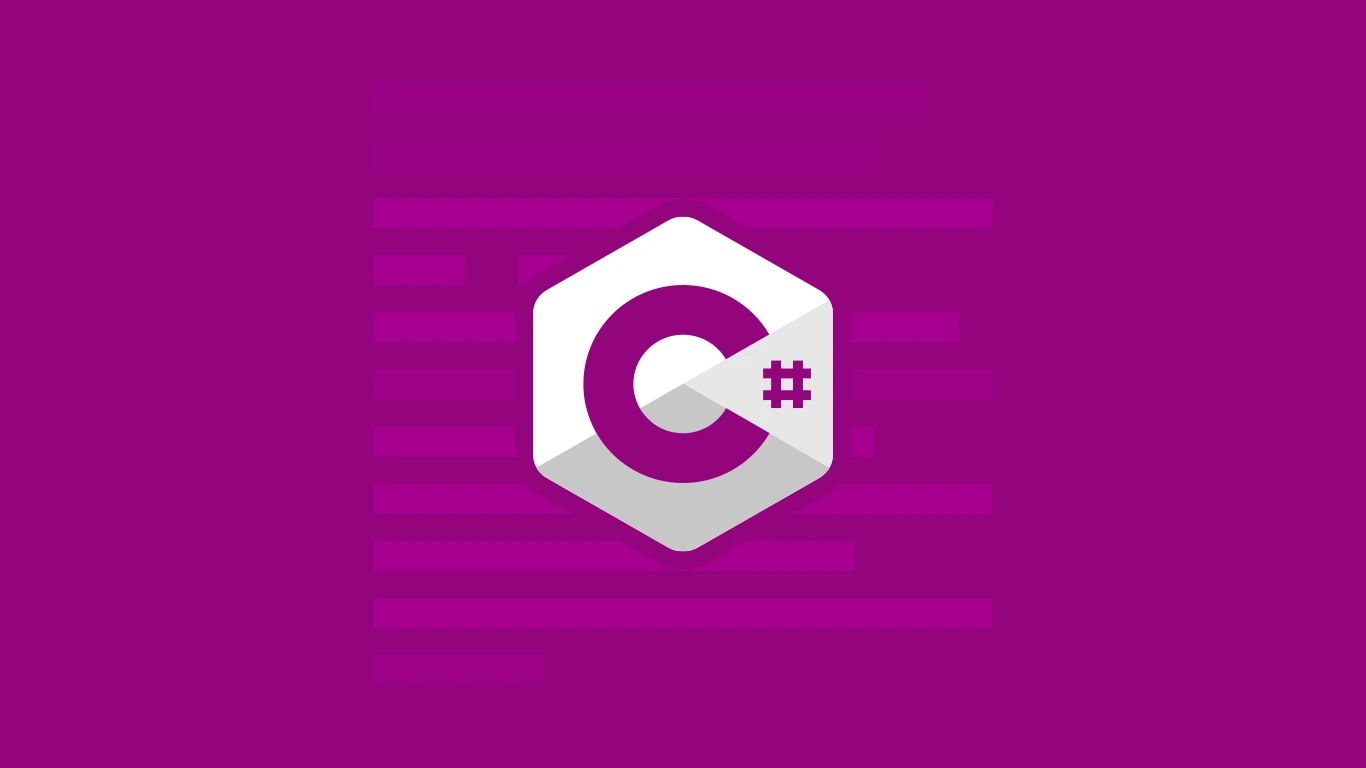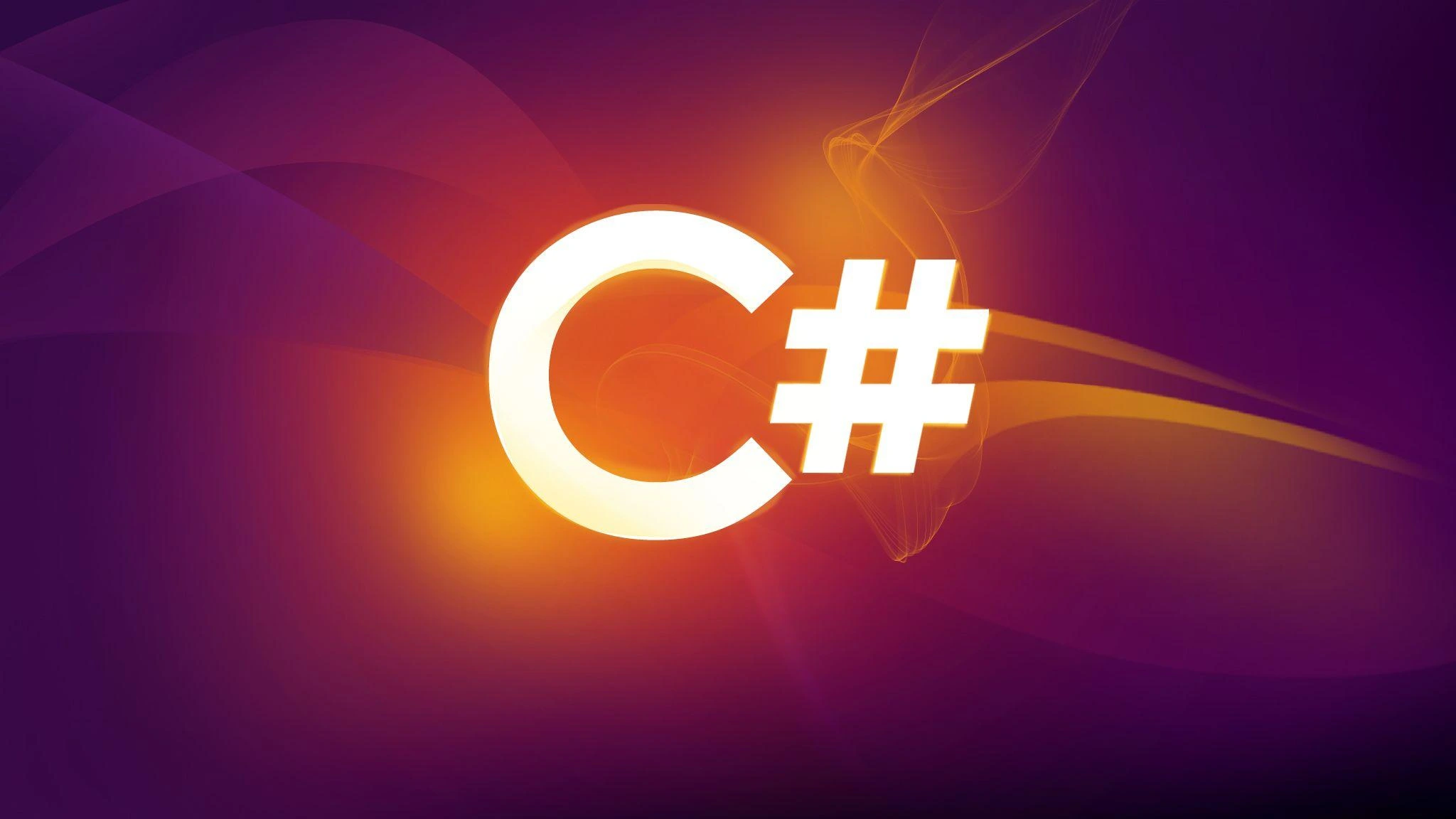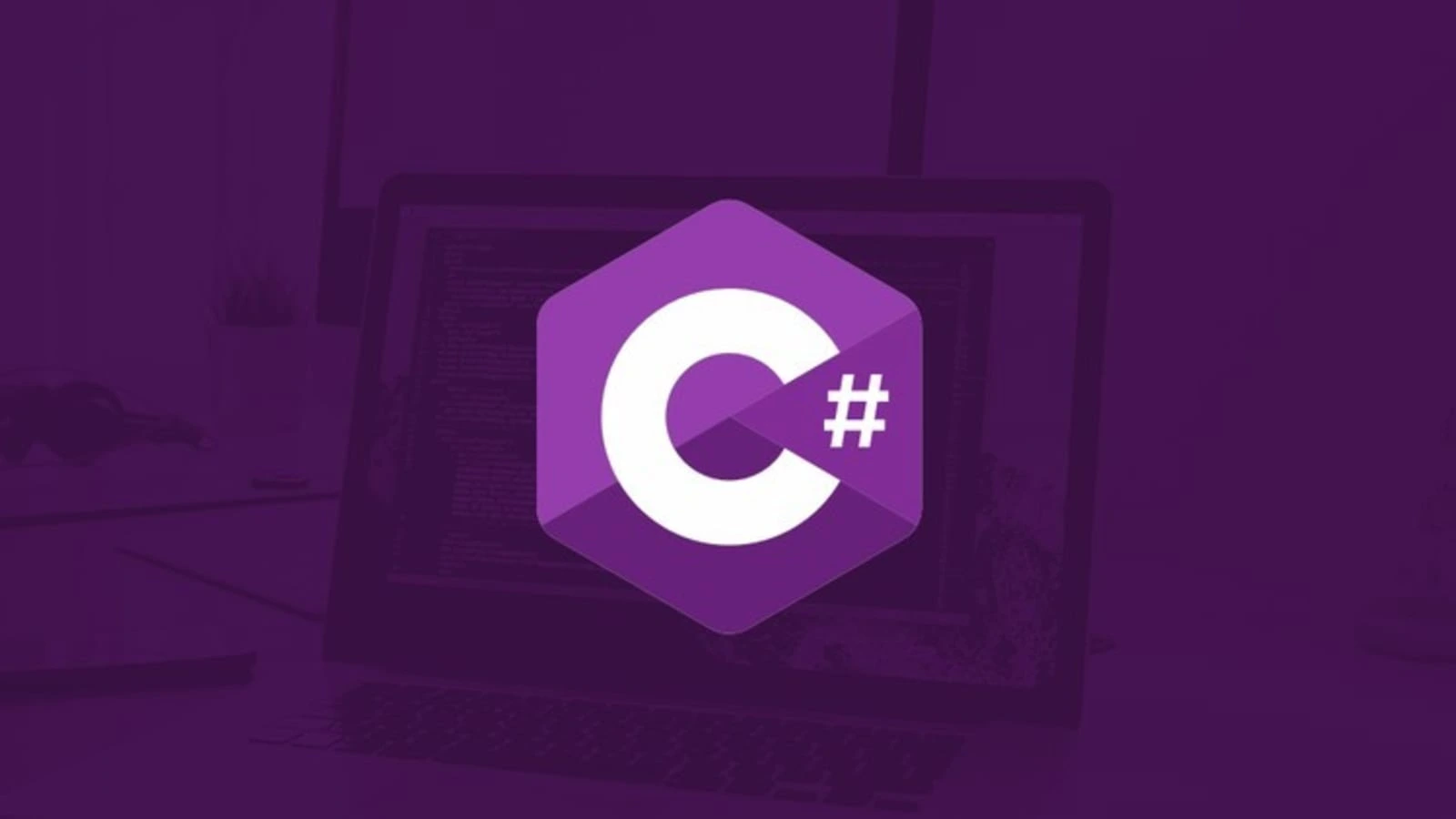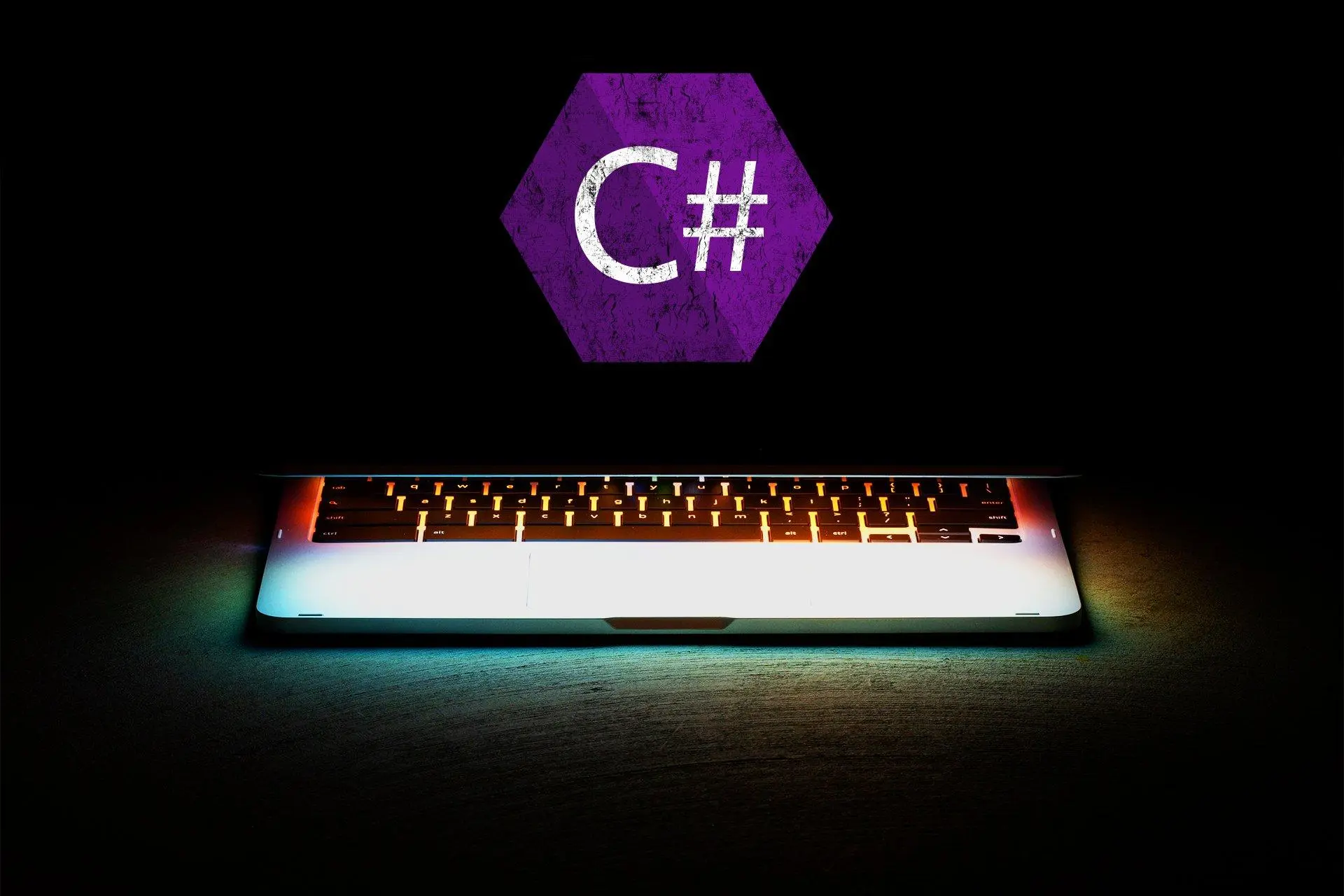What is C#?
Introduction
In the vast landscape of programming languages, C# stands as a stalwart, commanding attention with its versatility, robustness, and elegance. Developed by Microsoft in the early 2000s, C# has since become a cornerstone of software development, particularly in the realm of building applications for the Windows ecosystem. Its syntax, inspired by C and C++, coupled with modern features, makes it a favorite among developers for a myriad of projects, ranging from desktop applications to web development and game programming.
C# owes much of its popularity to its alignment with the .NET framework, a comprehensive platform for building, deploying, and running applications. This integration provides developers with a rich set of libraries and tools, streamlining the development process and fostering efficiency. As technology continues to evolve, C# remains at the forefront, adapting to new paradigms and embracing innovations to empower developers worldwide.
In this essay, we will delve into the intricacies of C#, exploring its key features, applications, and significance in the ever-evolving landscape of software development. Through a comprehensive analysis, we aim to provide insight into why C# continues to be a cornerstone of modern programming, driving innovation and enabling the creation of sophisticated and impactful solutions. Let us embark on a journey through the world of C#, where code meets creativity, and possibilities abound.

History of C#
To understand the evolution and significance of C#, it is essential to delve into its rich history, tracing its roots back to the turn of the millennium. In the late 1990s, as the computing landscape underwent a rapid transformation with the rise of the internet and the proliferation of software applications, Microsoft recognized the need for a modern, object-oriented programming language that could capitalize on the emerging trends in software development.
In 1999, Anders Hejlsberg, a renowned Danish software engineer known for his work on Turbo Pascal and Delphi, spearheaded the development of C#. Drawing inspiration from languages such as C++, Java, and Delphi, Hejlsberg and his team set out to create a language that combined the power and efficiency of C++ with the simplicity and safety of Java.
The result of their efforts was C#, pronounced as "C sharp," a language designed from the ground up to be intuitive, expressive, and versatile. In February 2000, Microsoft officially unveiled C# as part of its .NET initiative, a comprehensive framework for building and running applications across various platforms and devices.
C# made its debut alongside the release of the .NET Framework 1.0 in 2002, marking the beginning of its journey towards widespread adoption and acclaim. With its modern syntax, support for object-oriented and component-based programming, and seamless integration with the .NET platform, C# quickly gained traction among developers seeking a reliable and efficient tool for building software solutions.

Over the years, C# underwent several iterations and enhancements, with each new version introducing innovative features and improvements. The release of C# 2.0 in 2005 introduced generics, partial types, and anonymous methods, further enhancing the language's capabilities and expressiveness. Subsequent versions, including C# 3.0, 4.0, and 5.0, introduced features such as LINQ (Language-Integrated Query), dynamic typing, and asynchronous programming, solidifying C#'s position as a modern and forward-thinking language.
In 2015, Microsoft made a significant move towards open-sourcing C# by releasing the Roslyn compiler platform as open source under the MIT License. This decision not only fostered greater transparency and collaboration within the developer community but also facilitated the adoption of C# beyond the Windows ecosystem, paving the way for its use in cross-platform development scenarios.
In recent years, C# has continued to evolve, with the release of .NET Core, a cross-platform, open-source implementation of the .NET framework, further expanding the reach and versatility of the language. Today, C# remains a cornerstone of software development, powering a wide range of applications across industries, from enterprise software to video games and web applications.
In summary, the history of C# is a testament to the vision and ingenuity of its creators, who set out to develop a language that would empower developers to build robust, scalable, and innovative software solutions. From its inception as part of the .NET initiative to its evolution into a modern, open-source language, C# continues to shape the future of software development, driving innovation and enabling developers to bring their ideas to life.

The design of C#
At the core of C#'s enduring success lies its meticulously crafted design, which blends the best features of existing programming languages with innovative concepts to create a cohesive and powerful tool for software development. Understanding the design principles that underpin C# is crucial to appreciating its elegance, expressiveness, and versatility.
Simplicity and Readability: One of the guiding principles behind C#'s design is simplicity. The language strives to minimize complexity and provide straightforward constructs that are easy to understand and use. This emphasis on simplicity enhances code readability, making it easier for developers to write, maintain, and debug their programs.
Object-Oriented Paradigm: C# embraces the object-oriented programming (OOP) paradigm, which allows developers to model real-world entities as objects with properties, methods, and behaviors. By supporting encapsulation, inheritance, and polymorphism, C# facilitates the creation of modular, reusable, and maintainable code.
Type Safety and Memory Management: C# is a statically-typed language, meaning that variables must be explicitly declared with their data types at compile-time. This approach enhances type safety, reducing the likelihood of runtime errors and improving code reliability. Additionally, C# features automatic memory management through a process known as garbage collection, which eliminates the need for manual memory management and reduces the risk of memory leaks and segmentation faults.

Modern Language Features: C# continually evolves to incorporate modern language features and programming paradigms. From the introduction of generics and lambda expressions to the integration of asynchronous programming and pattern matching, C# adapts to meet the evolving needs of developers and industry trends. These features enable developers to write concise, expressive, and maintainable code while leveraging the latest advancements in software development.
Interoperability and Platform Independence: C# is designed to be platform-independent and interoperable, allowing developers to write code that can run on multiple platforms and integrate seamlessly with other programming languages and frameworks. This interoperability is facilitated by the Common Language Runtime (CLR), which provides a runtime environment for executing C# code and ensures compatibility across different platforms and systems.
Extensibility and Flexibility: C# offers extensive support for extensibility and customization through features such as attributes, reflection, and language extensions. These mechanisms enable developers to tailor the language to their specific requirements, integrate with existing codebases and libraries, and build domain-specific languages (DSLs) that enhance productivity and code clarity.
In summary, the design of C# reflects a careful balance between simplicity, expressiveness, and robustness. By combining principles of simplicity, object-oriented programming, type safety, and modern language features, C# provides developers with a versatile and powerful tool for building a wide range of software applications. Whether developing desktop applications, web services, or mobile apps, developers can rely on C# to deliver efficient, scalable, and maintainable solutions that meet the demands of modern software development.

Where is C# used?
C# has established itself as a versatile and widely adopted programming language, finding application across a diverse array of domains and industries. Its robust features, seamless integration with the .NET framework, and strong community support make it a popular choice for developing a wide range of software solutions. Let's explore some of the key areas where C# is commonly used:
Desktop Application Development: C# is extensively used for building desktop applications, ranging from productivity tools to multimedia applications and graphical user interfaces (GUIs). The Windows Presentation Foundation (WPF) framework, built on top of .NET, provides a powerful platform for developing rich and interactive desktop applications using C#. Whether it's creating business applications, media players, or design tools, C# offers the flexibility and functionality needed to deliver robust desktop solutions.
Web Development: With the advent of ASP.NET, C# has become a popular choice for web development, enabling developers to build dynamic and scalable web applications and services. ASP.NET MVC and ASP.NET Core offer powerful frameworks for building web APIs, single-page applications (SPAs), and server-side rendered web applications using C#. The language's strong typing, extensive library support, and performance optimizations make it well-suited for developing modern web applications that meet the demands of today's internet-driven world.
Game Development: C# has emerged as a prominent language in the field of game development, thanks in part to its integration with the Unity game engine. Unity, a cross-platform game development engine, allows developers to create high-quality 2D and 3D games for a variety of platforms, including PC, consoles, mobile devices, and virtual reality (VR) systems, using C#. The language's performance, productivity features, and support for object-oriented programming make it an ideal choice for developing games with Unity, empowering developers to bring their creative visions to life.

Mobile App Development: C# is also gaining traction in the realm of mobile app development, particularly with the advent of Xamarin, a cross-platform mobile development framework acquired by Microsoft. Xamarin enables developers to build native iOS, Android, and Windows apps using a single codebase written in C#. By leveraging the .NET framework and Xamarin.Forms, developers can create mobile apps that offer native performance, user
Enterprise Software: C# is widely used in the development of enterprise software solutions, including customer relationship management (CRM) systems, enterprise resource planning (ERP) software, and business intelligence (BI) applications. Its strong support for database connectivity, multithreading, and distributed computing, combined with the robustness of the .NET framework, makes it well-suited for building scalable, secure, and mission-critical enterprise applications that meet the complex needs of modern businesses.
Cloud Computing: With the rise of cloud computing platforms such as Microsoft Azure and Amazon Web Services (AWS), C# has become increasingly relevant in cloud application development. The .NET framework provides a comprehensive set of tools and libraries for building cloud-native applications, microservices, and serverless functions using C#. Developers can leverage frameworks like ASP.NET Core and Azure Functions to deploy scalable and resilient cloud solutions that leverage the power and flexibility of the cloud.
In summary, C# is a versatile and powerful programming language that finds application across a wide range of domains, including desktop application development, web development, game development, mobile app development, enterprise software, and cloud computing. Its rich features, strong ecosystem, and cross-platform capabilities make it a preferred choice for developers seeking to build efficient, scalable, and innovative software solutions that address the diverse needs of today's technology landscape.

Conclusion
In the ever-evolving landscape of software development, C# stands as a beacon of innovation, versatility, and reliability. From its inception as part of the .NET initiative to its widespread adoption across industries and platforms, C# has demonstrated its ability to empower developers to create sophisticated and impactful solutions that shape the world around us.
Throughout this essay, we have explored the intricacies of C#, from its rich history and meticulously crafted design to its diverse applications in desktop, web, game, mobile, enterprise, and cloud computing. We have witnessed how C# has evolved over the years, incorporating modern language features, embracing open-source collaboration, and adapting to emerging trends to remain at the forefront of software development.
As we look to the future, the trajectory of C# is poised for continued growth and innovation. With advancements in artificial intelligence, machine learning, Internet of Things (IoT), and beyond, C# is well-positioned to play a pivotal role in shaping the next generation of software solutions. Its robustness, scalability, and cross-platform capabilities make it an ideal choice for tackling the complex challenges and opportunities that lie ahead.
In conclusion, C# exemplifies the synergy between technology and creativity, where code becomes the canvas for innovation, and developers are the architects of change. Whether building immersive gaming experiences, transformative web applications, or mission-critical enterprise solutions, developers can rely on C# to provide the tools, frameworks, and support needed to bring their ideas to life. As we continue to push the boundaries of what is possible, C# will undoubtedly remain a cornerstone of modern programming, empowering developers to turn their vision into reality and shape the future of software development for generations to come.
